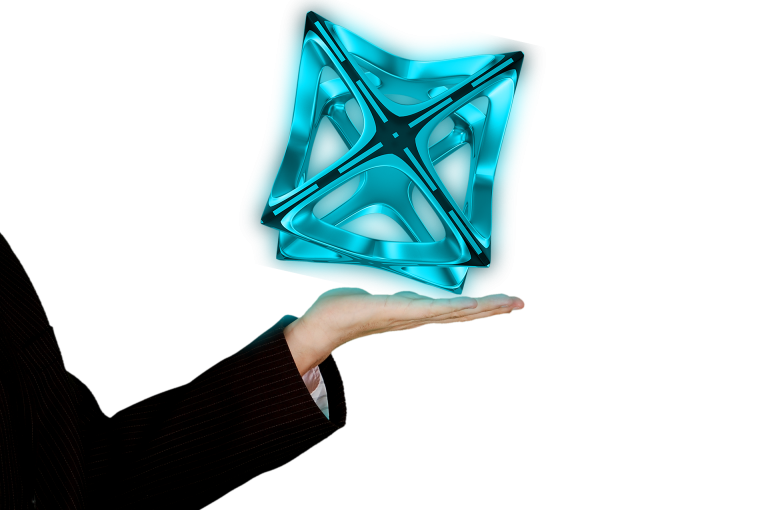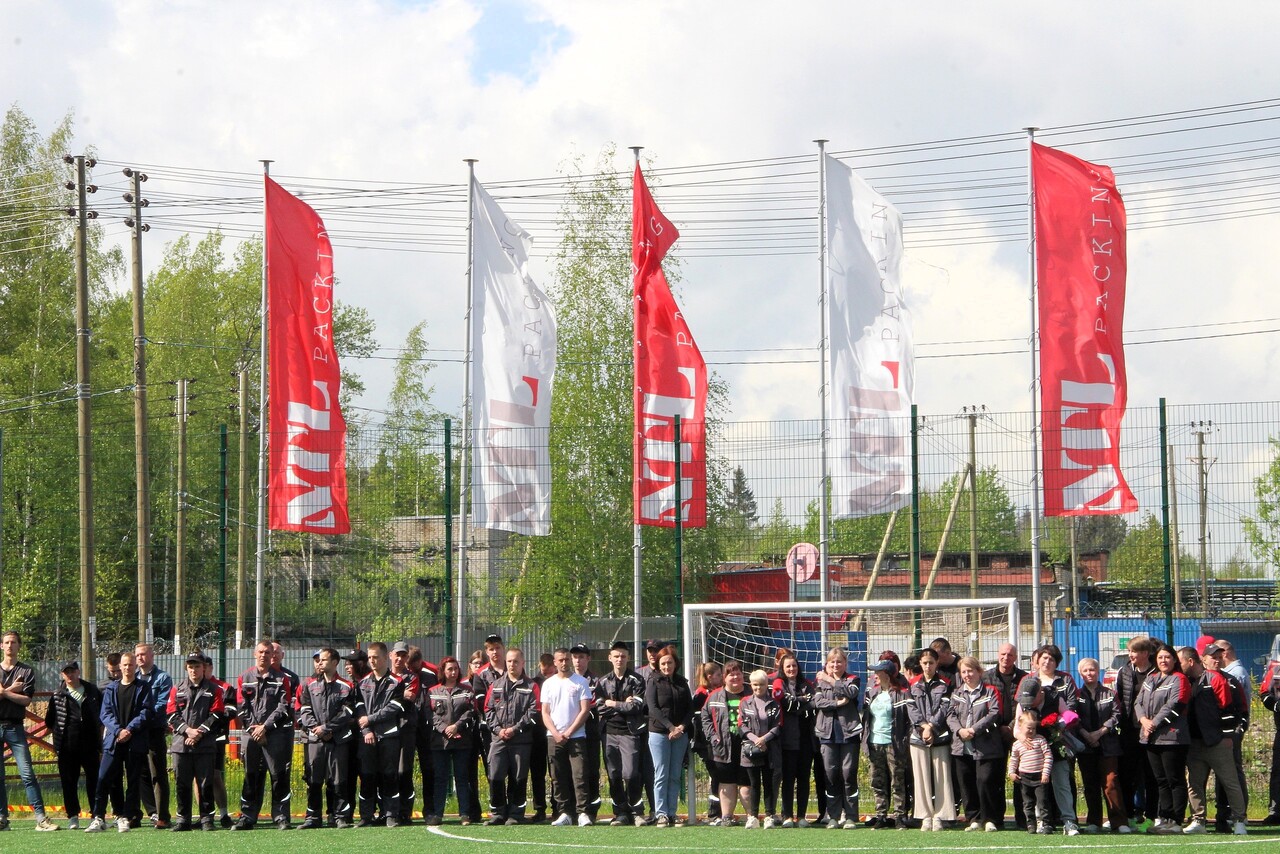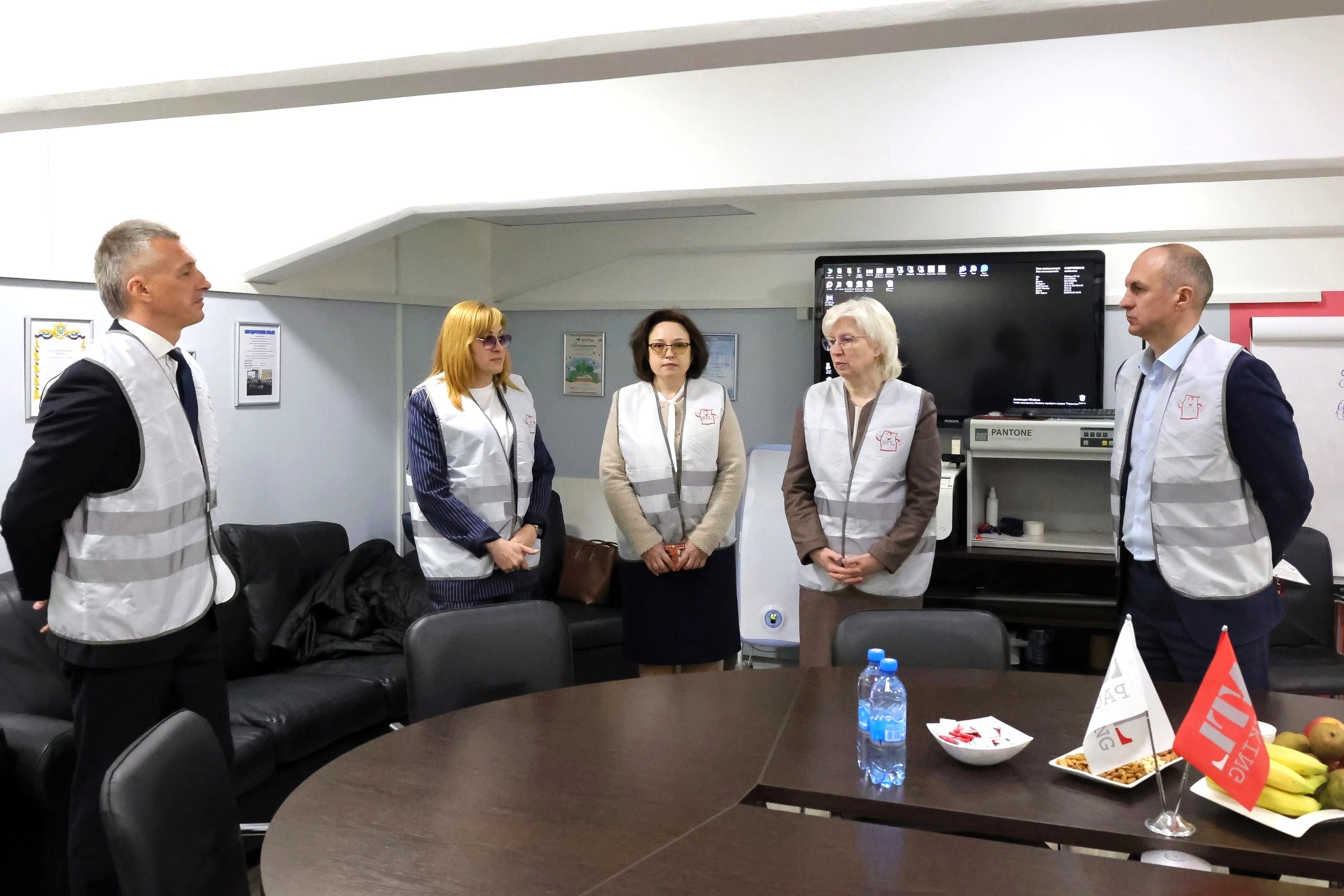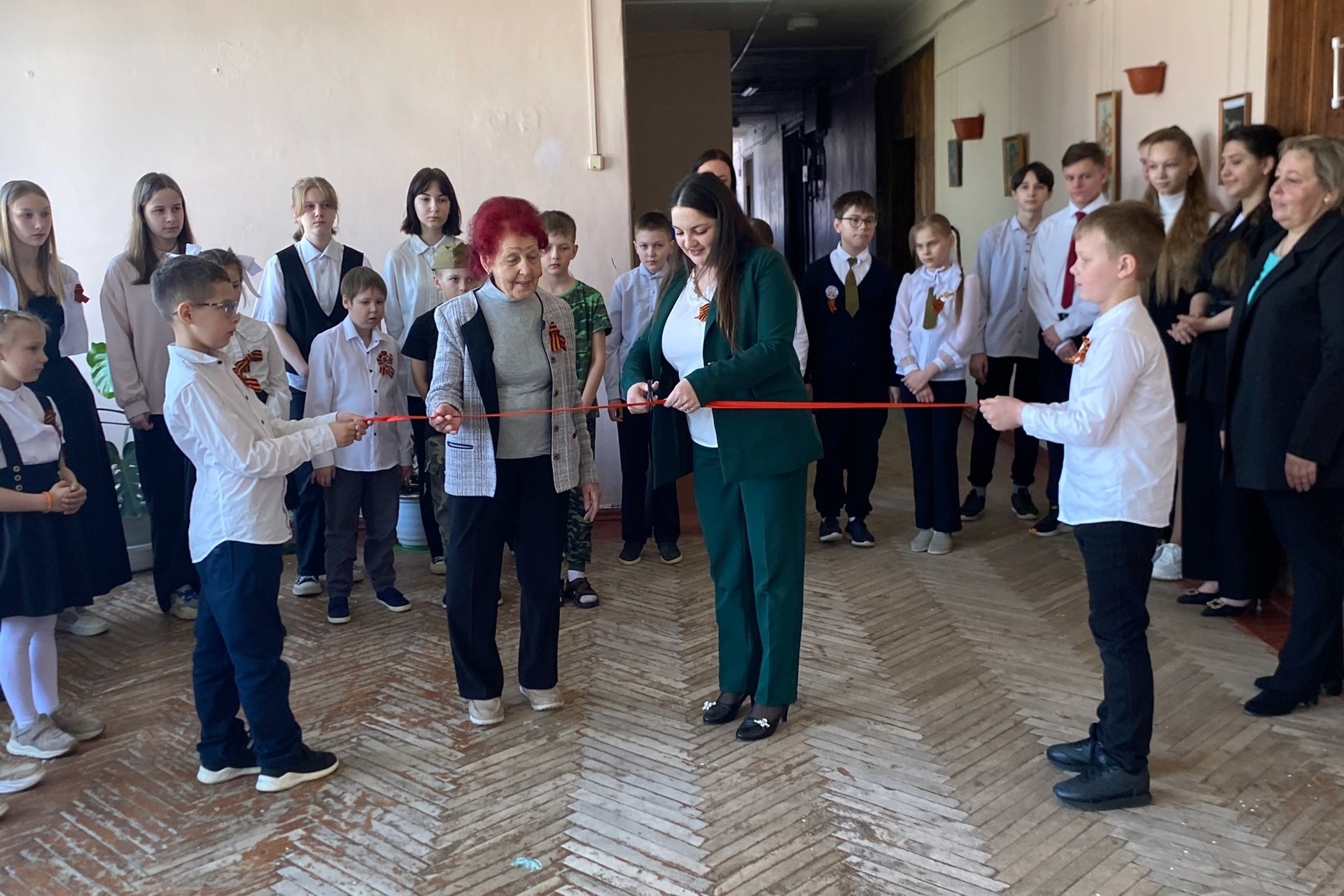Holographic effect in flexible packaging

According to statistics, a buyer spends only three seconds to select a product on store shelves. It is during this time that a person is able to evaluate all the proposed packages and choose exactly the one that, for some reason, stands out from the rest. This is one of the key reasons why product manufacturers are so keen on finding interesting catchy packaging concepts. With the development of methods and technologies for applying film coatings, it became possible to create three-dimensional images and elements on flexible packaging due to the holographic effect.
Manufacturing technology
The holographic effect in flexible packaging is achieved by applying a diffraction grating corresponding to the desired image on the polymer film, which is one of the layers of the packaging material. The fact is that a hologram is the result of the interference of two light beams, and on a plane it is a matrix of darkenings and gaps. When light hits such a matrix, the applied image is restored, moreover, it shimmers with all the colors of the rainbow. In this case, using a hologram, it is possible to record several images, each of which will be visible when the angle of incidence of light changes (when the package is tilted in different directions relative to the light source).
Holograms can be applied directly to polymer materials in several ways. The most common technologies are:
- Dot-matrix. The essence of the method lies in the formation of a blank (master matrix), corresponding to the required digitized image, by a special two-beam optical recording system. Next, a special layer is applied to the carrier material of the holographic effect (in the case of flexible packaging, this is a polymer film). The microrelief of the image diffraction grating is transferred from the workpiece to this layer by embossing. Further, the film is used in the production of multilayer flexible packaging.
- E-beam. Differs in the principle of creating a master matrix. With this method, the microrelief of the diffraction grating is created using an electron beam, the resolution of which is much higher than that of an optical system.
- Matrix engraving with laser. If in the other two methods photopolymers are used to create clichés, then the microrelief can be applied directly to the solid material with a laser, avoiding errors associated with development.
Key features and benefits
The use of holographic effects in flexible packaging primarily makes the product bright and distinguishes it from the rest on the counter. The second function of holograms is to protect goods from counterfeiting. The use of the holographic effect allows you to create a unique product packaging design, which cannot be repeated due to its unprofitability, since the use of this technology is quite expensive. For this reason, flexible packaging with holographic film in one of the layers is popular with manufacturers of pharmaceutical, premium cosmetic products, as well as food and confectionery products.
NTL Packing uses the most modern technologies in the field of polymer packaging. We also have everything necessary for the production of flexible packaging with a holographic effect and are pleased to offer our partners this excellent marketing opportunity.



